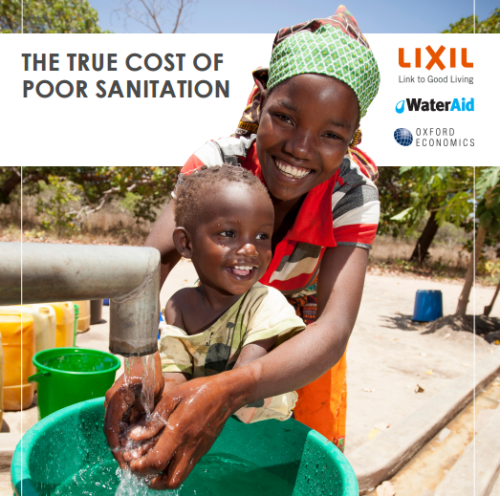Experts meet to discuss reaching a consensus on what the evidence tells us.

Radu Ban

Jan Willem Rosenbom
This is the first of two blogs written about the “Sanitation and health evidence consensus meeting”, convened by the World Health Organization (WHO) in Seattle on May 24 and 25 of 2018. It was written by Jan Willem Rosenboom and Radu Ban, who are both Sr. Program Officers on the Water, Sanitation and Hygiene (WSH) team at the Bill & Melinda Gates Foundation. This first blog will describe the process used to arrive at the consensus, while the second blog will describe the outcome of the consensus and will come out once the results of the consensus meeting have been published. Also, mark your calendars for a session during the 2018 UNC Water and Health conference dedicated to this consensus!

Two sides of sanitation: rubbish and cleanliness. Credit Bill & Melinda Gates Foundation, Cambodia/India
Introduction: What is this about?
It is hard to imagine that making improvements in sanitation wouldn’t play a role in improving health. After all, we know that shit spreads disease and the F diagram shows us that sanitation is an important tool in blocking the transmission of pathogens from one person to the next, thus lowering exposure. And sure enough: we have strong evidence about the effectiveness of sanitation interventions and improving health and human capital outcomes from rigorous historical studies, from high- as well as low- and middle-income countries.
At the same time, looking at the specific impact of programmatic sanitation interventions, it can be hard to figure out what the evidence is really telling us. On the one hand, a systematic review of the whole body of evidence on sanitation and health (carried out by Freeman et al. in 2017) suggests that sanitation protects against diarrhoea, active trachoma, some soil-transmitted helminth (STH) infections and schistosomiasis. It also improves height-for-age scores of children (i.e. it decreases stunting, which is an important measure of human capacity). On the other hand, several recent sanitation intervention studies have found limited or no impact on different health outcomes. The table below (copied with permission from a presentation by Tom Clasen), provides a summary of key findings from the most recent sanitation studies:

- Fewer observed flies and feces; no change in fecal contamination of water
- Fewer observed soiled hands and less fecal contamination of water
- Except in the study arm considering just water quality improvements
This seeming lack of agreement is confusing, and partly in response to questions from practitioners, on May 24 and 25 of this year WHO convened a meeting of experts to review the existing evidence and reach a consensus about what it is telling us. The group of experts consisted of researchers across multiple disciplines who had written extensively on the topic of sanitation and health. We thought it was necessary to reach consensus among researchers before engaging, in a unified voice, the practitioner community.
At the same time, to make sure that the concerns of practitioners would be considered in the meeting, we published a “request for input” online (through the SuSanA network as well as the Sanitation Updates blog) and we will summarise the responses here. But first…





